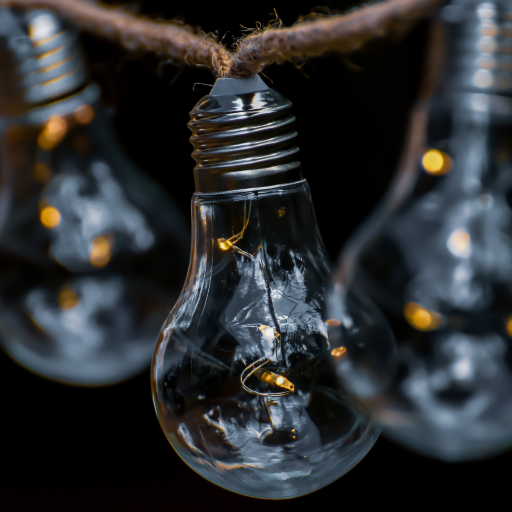Despite the biting cold up in the north, Sweden is normally able to balance its energy production and consumption. However, during the coldest and wind-free days the country sometimes faces an energy shortage and must therefore import energy from other countries in order to avoid power failure. In the past years, the prognosis has shown an increased risk of energy shortage. Now, this doesn’t mean that Sweden produces an insufficient amount of energy; the country is an energy net importer, which means that it exports more energy than it imports.
The shortage does rather depend on the inability to transfer energy within the different regions in the country. Some regions produce more energy than others, but the power grids don’t have enough capacity to transfer all energy from production facilities to users in less productive regions. The regions that don’t receive enough energy from domestic production must therefore import energy from other countries. In other words, there is no lack of energy; the reason behind the energy shortage is rather because energy is not produced where it is needed and when it is needed (Read more).
The prognosis for the winter of 2022/2023 is thus alarming for the swedes as the prices will increase significantly due to the shortage of Russian gas exports (Read more). And even though Sweden is less dependent on natural gas compared to many other european countries, the increased prices in Europe will reflect prices in the northern countries as well.
The lack of diversity in global energy is making the energy supply fragile. In this context, it becomes crucial to look for alternative fuels and promote renewable energy sources.

Energy crisis 2022
